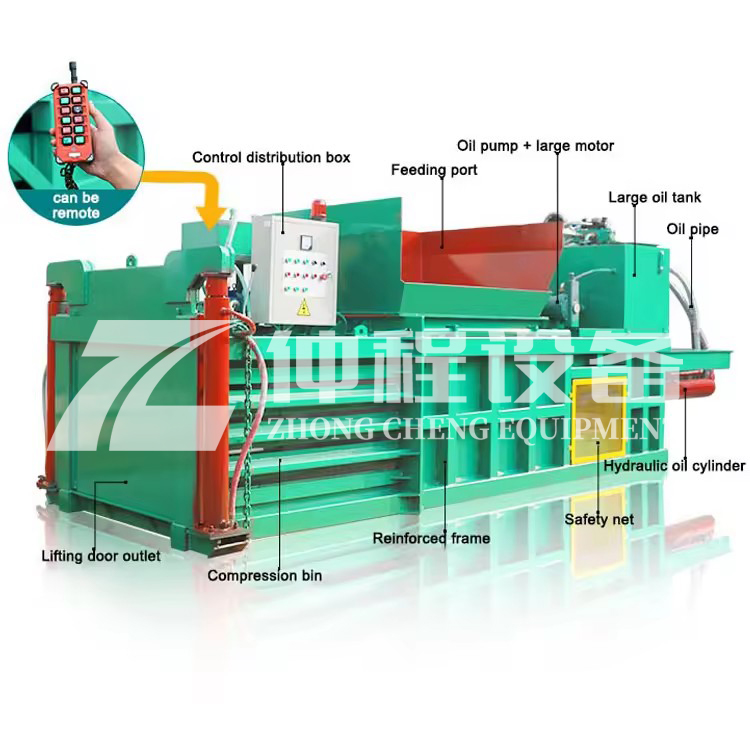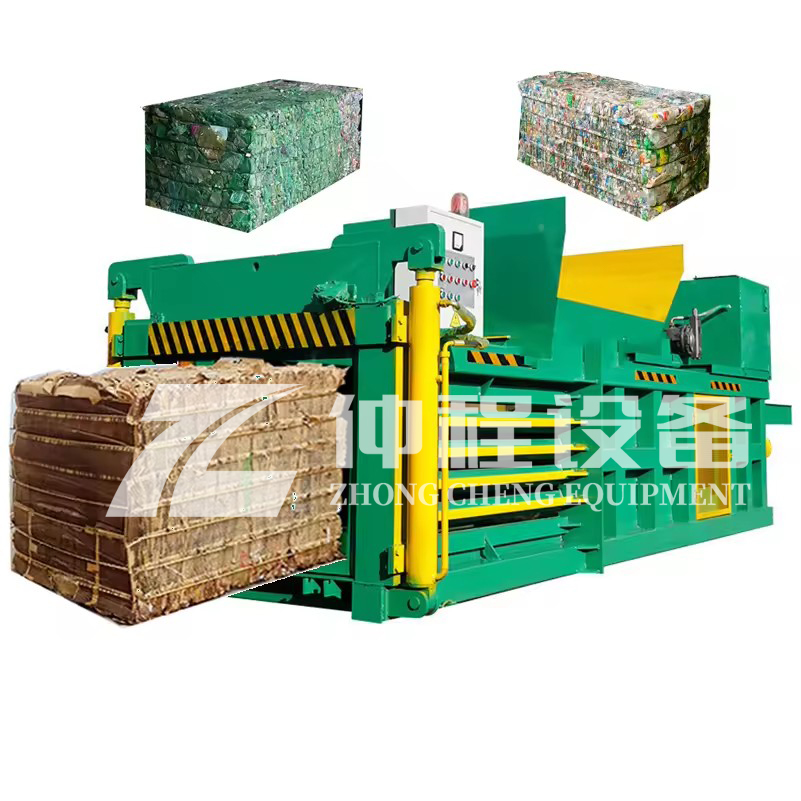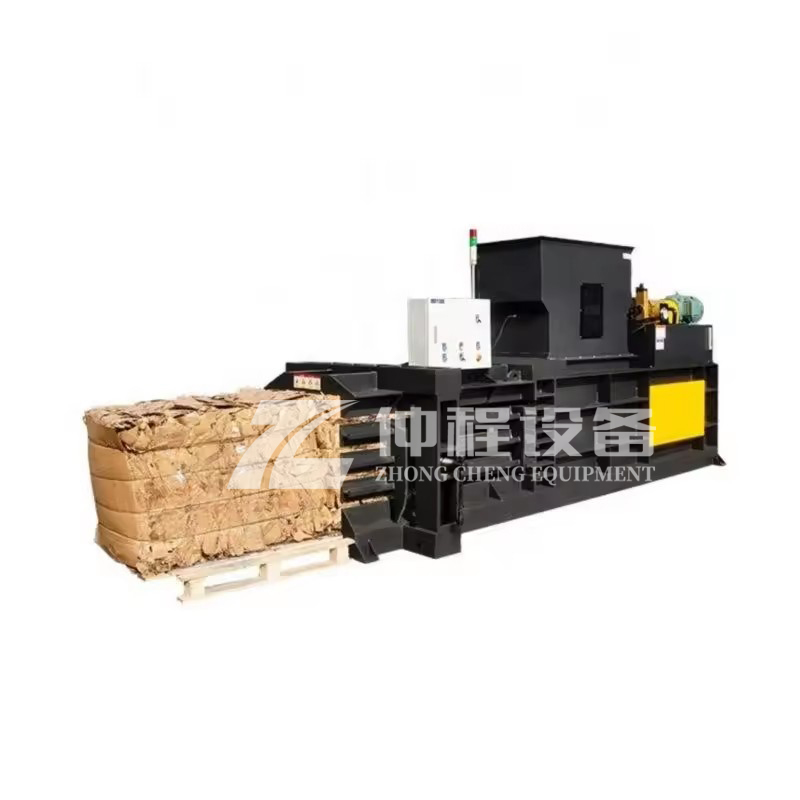Diverse Baling Solutions
Hydraulic Automatic Baling Machines
At the forefront of innovation, hydraulic automatic baling machines are designed for high-volume operations where speed and efficiency are paramount. These machines utilize hydraulic systems to exert immense pressure, allowing for the compression of various materials such as cardboard, paper, plastics, and even metal scraps. The automation aspect means that once the material is fed into the machine, the entire process of compaction, tying, and ejection is handled without manual intervention, significantly reducing labor costs and increasing productivity. They are particularly favored in large-scale recycling centers and industrial facilities due to their robustness and capacity to handle heavy-duty tasks.

Semi-Automatic Baling Machines
For businesses that require a balance between cost and efficiency, semi-automatic baling machines offer a practical solution. While they still rely on hydraulic power for compression, these models typically require some level of human operation, such as feeding the material or manually starting the baling cycle. This type of baling machine is ideal for medium-sized operations where the volume of waste or recyclables does not justify the investment in a fully automatic system. They provide a flexible approach to baling, allowing operators to adjust settings based on the specific needs of the material being processed.

Horizontal vs. Vertical Baling Machines
The choice between horizontal and vertical baling machines often depends on the space available and the specific requirements of the operation. Horizontal balers are known for their ability to handle larger volumes of material and produce bales that are easier to transport. They are commonly used in environments where space is not a limiting factor, as they generally require more floor space. On the other hand, vertical balers are more compact, making them suitable for smaller spaces or sites with limited room. Despite their smaller footprint, vertical balers can still deliver significant compression, albeit at a slightly slower rate compared to their horizontal counterparts.

Baling machines, whether hydraulic automatic, semi-automatic, horizontal, or vertical, are essential tools for managing waste and recyclables efficiently. Each type offers unique advantages, catering to a wide range of industries and operational scales. As technology continues to advance, we can expect these machines to become even more efficient, versatile, and environmentally friendly, further enhancing their role in promoting sustainable practices across various sectors.
-
 Trommel screenTrommel screen, also known as drum screens, are widely used in various industries for sorting and separating materials.Get Quote
Trommel screenTrommel screen, also known as drum screens, are widely used in various industries for sorting and separating materials.Get Quote -
 Crop straw double shaft shreddApplications:Biomass Energy Production: Shredded straw can be used as a feedstock for bioenergy plants to produce electricity or heat.Livestock Feed: Reduced-si...Get Quote
Crop straw double shaft shreddApplications:Biomass Energy Production: Shredded straw can be used as a feedstock for bioenergy plants to produce electricity or heat.Livestock Feed: Reduced-si...Get Quote -
 Zhongcheng Air Drum SeparatorAir drum separators effectively separate lightweight materials (e.g., plastics, paper) from heavier materials (e.g., metals, glass). This high efficiency is cru...Get Quote
Zhongcheng Air Drum SeparatorAir drum separators effectively separate lightweight materials (e.g., plastics, paper) from heavier materials (e.g., metals, glass). This high efficiency is cru...Get Quote
-
2024-05-20Mobile Impact Crusher PlantThe mobile impact crusher plant is a kind of crushing equipment based on a mobile platform. It uses an impact crusher as the host machine and is usually equippe...
-
2024-04-13Vibrating FeederA vibrating feeder is a mechanical device used to convey materials, typically in bulk, from one location to another in a controlled manner. This equipment is co...
-
2024-05-18Mobile Jaw Crusher PlantMobile jaw crushing station is a novel rock crushing equipment, also known as mobile crushing station. The purpose of its design concept is to stand from the cu...
-
2024-06-09Drum Screen RecyclingDrum screen machines are primarily used for material screening, helping to sort and recycle municipal solid waste and screen landfill waste. Their efficiency an...
-
2024-06-07Zhongcheng Air Drum Separator in MSWAir drum separators effectively separate lightweight materials (e.g., plastics, paper) from heavier materials (e.g., metals, glass). This high efficiency is cru...



